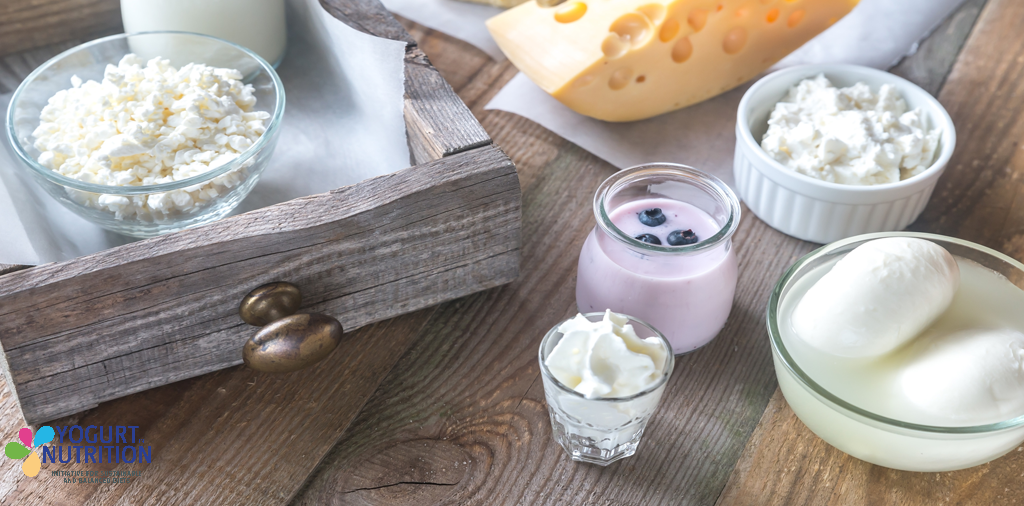Out of sight, out of mind, we don’t tend to spare much thought for our liver. But we can’t live without it and it’s just as vital to look after our liver as it is our heart. Now latest research suggests that dairy products might help us to care for our liver. People who regularly include dairy products in their diet have been shown to be at reduced risk of non-alcoholic fatty liver disease (NAFLD), a range of conditions in which excess fat builds up in the liver [1].
A healthy liver depends on a healthy lifestyle
Estimated to affect 25% of the population, NAFLD is the leading cause of long-term liver disease around the world. If untreated, it can lead to liver damage, cirrhosis and even liver cancer [2]. It’s closely associated with metabolic syndrome, including obesity, insulin resistance and raised blood pressure [3].
The best way to prevent NAFLD is to make sure you lead a healthy lifestyle, including healthy eating. This may mean cutting down on red and processed meats, fast foods, and sugar-sweetened drinks – all associated with increased risk of NAFLD – and instead choosing more fruits, vegetables and wholegrains. [4,5]
Until now, it has been unclear whether consuming dairy products is associated with the risk of developing NAFLD. Although packed with healthy nutrients, some scientists have previously been concerned that the saturated fats in dairy could be harmful. The latest findings start to allay fears over the contribution of dairy foods to liver disease.
Yogurt and milk are associated with reduced risk of liver disease
The researchers analysed 11 studies, including 43649 participants, to get a clear picture of how dairy consumption may relate to liver health [1].
Pooling the results from these studies revealed that consumption of dairy products is linked to a reduced risk of developing NAFLD. An inverse relationship was found, in which people who consumed higher amounts of dairy products had a lower risk of the liver condition than those who ate small amounts. For dairy products as a whole, higher consumption was associated with a 10% reduced risk of NAFLD.
When the researchers looked at results for individual types of dairy products, they found that eating yogurt was consistently associated with a 12% lower risk of NAFLD, while milk was associated with a 14% reduced risk.
The researchers did not find an association between risk of NAFLD and cheese.
How might dairy consumption protect the liver?
The explanation for dairy consumption being associated with reduced risk of liver disease despite its saturated fat content may lie in the dairy matrix – the physical state of the food, the researchers suggest [6,7].
Dairy consumption is also associated with improved blood lipid profile, lowering triglyceride and total cholesterol – strongly linked to build-up of fat in the liver – and raising HDL cholesterol [8].
Sounding a note of caution, the researchers said that the data from the observational studies included in their review varied in quality and their findings would need to be confirmed by further large-scale studies.
However, their findings are in line with another recent review showing evidence of a reduced risk of metabolic syndrome, raised blood pressure, T2D, stroke and CVD for those with higher dairy consumption [9].
“We observe that milk and yogurt consumption are associated with a modestly lower occurrence of NAFLD. However, we do not observe an association between cheese consumption and NAFLD. – Yuzbashian E, et al, 2023”
Find out more: read the original article
Additional links:
- [2] Huang DQ, El-Serag HB, Loomba R. Global epidemiology of NAFLD-related HCC: trends, predictions, risk factors and prevention. Nat Rev Gastroenterol Hepatol 2021;18:223e38.
- [3] Godoy-Matos AF, Silva Junior WS, Valerio CM. NAFLD as a continuum: from obesity to metabolic syndrome and diabetes. Diabetol Metab Syndrome 2020;12:60.
- [4] Hallsworth K, Adams LA. Lifestyle modification in NAFLD/NASH: facts and figures. JHEP Rep 2019;1:468e79.
- [5] Moore MP, Cunningham RP, Dashek RJ, Mucinski JM, Rector RS. A fad too far? Dietary strategies for the prevention and treatment of NAFLD. Obesity 2020;28:1843e52.
- [6] Weaver CM. Dairy matrix: is the whole greater than the sum of the parts? Nutr Rev 2021;79:4e15.
- [7] Thorning TK, et al. Whole dairy matrix or single nutrients in assessment of health effects: current evidence and knowledge gaps. Am J Clin Nutr 2017;105:1033e45.
- [8] Derakhshandeh-Rishehri SM, Ghobadi S, Akhlaghi M, Faghih S. No adverse effects of dairy products on lipid profile: a systematic review and meta-analysis of randomized controlled clinical trials. Diabetes Metabol Syndr 2021;15:102279.
- [9] Godos J, Tieri M, Ghelfi F, Titta L, Marventano S, Lafranconi A, et al. Dairy foods and health: an umbrella review of observational studies. Int J Food Sci Nutr 2020;71:138e51.



